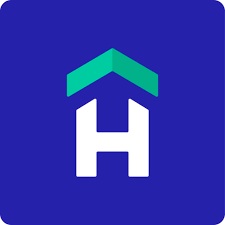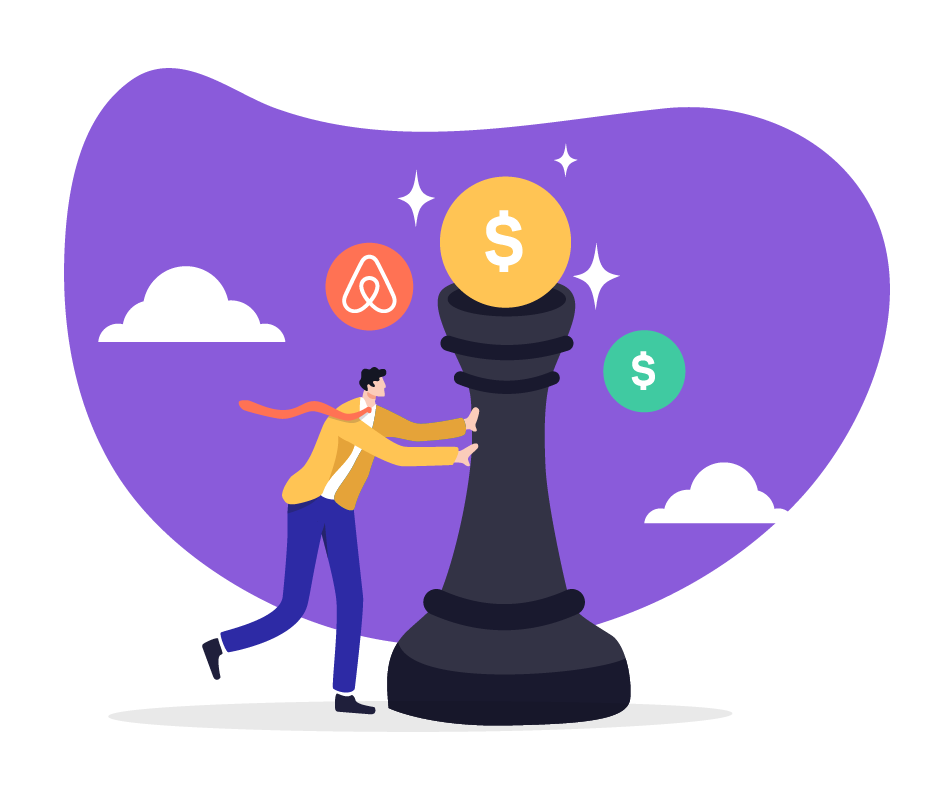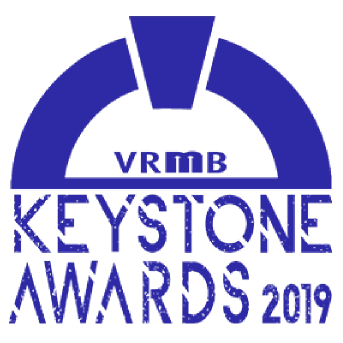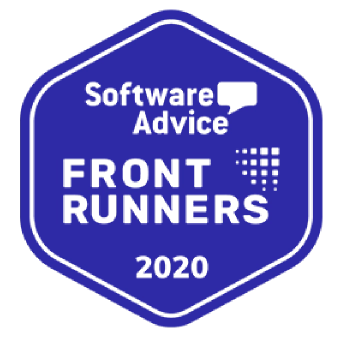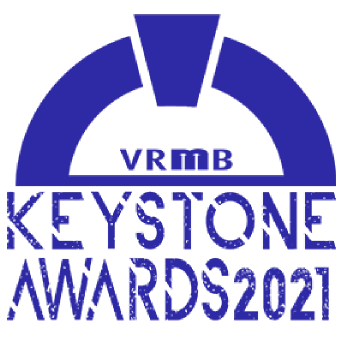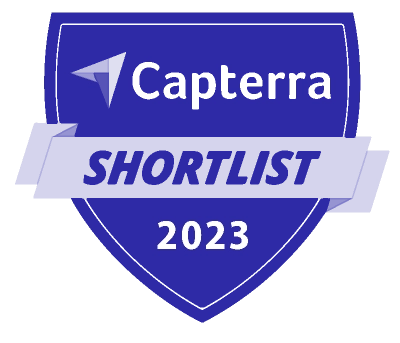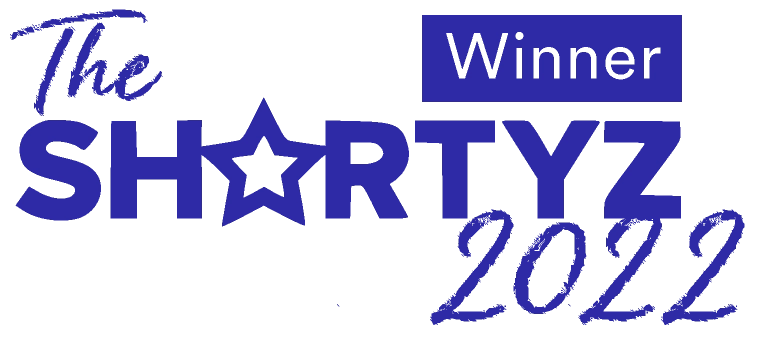If you set your Airbnb rates too low you’ll miss out on revenue, but if you price too high, your guests could book elsewhere. And as Dave Stokley, manager of over 60 short-term rental properties, observes, “If you overprice your property, you set yourself up for bad reviews.”
To find the right nightly rate, you need visibility over demand and your competition’s pricing. And you need strategies that help you boost occupancy and revenue during quiet periods and special events.
In this piece, we explore insights from Dave and other Airbnb pricing experts to help you optimize your rates while maximizing profitability and guest satisfaction. You’ll discover:
- The steps to follow when setting your nightly prices
- Tools that can help you save time and better understand the market
- Airbnb pricing strategies that you can implement today
The 4 Airbnb pricing models
When you’re setting your nightly rates, there are four main approaches you can take: Flat pricing, manual pricing, dynamic pricing, and Airbnb smart pricing. Here we take a look at each, considering their unique benefits and challenges.
Flat pricing
Flat pricing is the simplest model: You simply set your nightly rates and leave them. It’s also fairly common—as rental industry revenue expert Jordan Locke said when we spoke to him: “More people ‘flat price’ than you think… If you implement a pricing strategy like seasonal pricing, you’re already doing better than half the vacation rental market.”
Pros
- It’s simple to set up.
- It requires no maintenance.
Cons
- You can miss out on guests who find better deals.
- You can lose revenue by pricing too low.
- Your prices might be unrealistic for the area or season.
Manual pricing
If you go into your listings and make adjustments when there’s an event in town or it’s low season, this would be considered manual pricing. This model is typically time-consuming, However, as we explore at the end of the section, you can save time by using Airbnb management software.
Pros
- It allows you to optimize your rates based on factors like seasonality and demand.
- You can get some data about which rates perform well.
Cons
- You can’t access some of the insights you can with dynamic pricing tools (more on this later).
- Making changes to listings manually isn’t scalable: As you grow your inventory you’ll increasingly struggle to maintain optimized rates without specialized tools.
| Pro-tip: Make manual changes to your listing prices more quickly with Hostfully. In our bulk editor, you can amend your rates across all OTAs and your direct bookings site in one go. You can also add an automatic % increase on Friday and Saturday nights and add last-minute and early-bird discounts across all your Airbnb listings. |
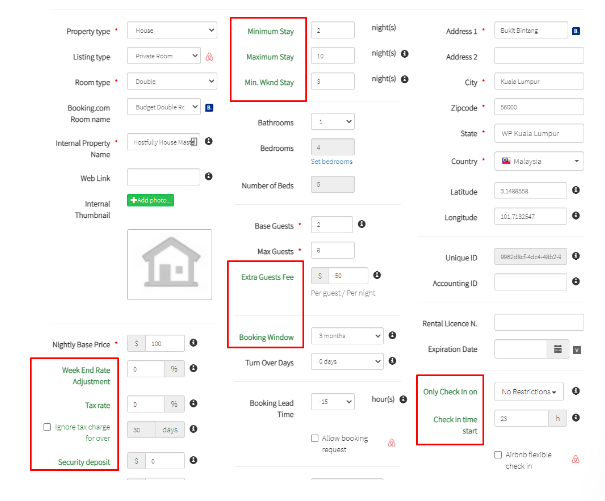
Dynamic pricing
In a dynamic pricing model, nightly rates are automatically adjusted in real-time based on factors such as demand and seasonality. There are a few different strategies dynamic pricing tools use. These include:
- Data-driven. The software will use data about demand, competition, and seasonality to automatically set rates.
- Rule-based. The tool will support you to create your own rates based on data you input and factors you select.
- Hybrid: You can use some data points to inform prices, but you can also make adjustments yourself.
Pros
- You can step back from updating your strategy.
- Your rates stay competitive by automatically adapting to market changes.
- By syncing dynamic pricing tools with a property management platform like Hostfully, you can see your rates updated automatically in your calendar,
Cons
- You may have to pay for extra tools.
Airbnb smart pricing
Airbnb offers its own dynamic pricing tool which adjusts your rates based on seasonal demand, daily trends, and special events. You can also set maximum and minimum price limits and customize specific nightly rates.
However, it’s important to be aware that, as Dave describes, “the tool seems to consistently underprice properties. I’m not totally convinced that their interests as a company are 100% aligned with mine as a host.”
Pros
- You can access some dynamic pricing functionality for free.
- You can optimize your rates with data straight from Airbnb.
Cons
- The tool may undervalue your properties in order to drive booking rates over revenue.
Key steps to follow when setting your Airbnb prices
Dynamic pricing tools consider key factors such as seasonality and location when setting your prices. And, to optimize revenue, you need an equally clear understanding of the market when you make manual changes.
By following the steps in this section, you can create a nightly rate that’s achievable and in line with your revenue objectives.
1. Set a base price
Your base price reflects your desired nightly rate before you make any adjustments due to market changes or seasonal events. To calculate it, you need to consider:
- The cost of your operations. Remember to include your mortgage, utilities, cleaning service, and maintenance fees.
- Your amenities. Features like a pool or garden will, of course, add value to your property. However, you need to remember that they, and therefore your property, are worth more at different times of the year.
- RevPAR (revenue available per rental). Times your average daily rate by your occupancy rate to find this figure. You can then assess where the sweet spot is to optimize revenue—for example by lowering your ADR (average daily rate) to increase occupancy.
- Competitor pricing. If you don’t have a dynamic pricing tool, look up properties in your area on OTAs to stay on top of the average price throughout the year.
2. Choose a target audience
By choosing a specific type of guest to target, you can maximize your revenue potential and increase your booking rates.
For example, if you decided to cater your property to travelers looking for a luxury experience, you could charge more and offer special services like an airport transfer service. Or if you chose to cater your property toward digital nomads, you could create a dedicated workspace, lower your ADR and offer a long-term stay incentive (more on this later).
3. Consider seasonality, local events, and trends
Demand for your property will change based on the time of year, travel trends, and what’s happening in the local area. And you need to stay on top of this year-round to keep your prices optimized.
As Dave Founder at Hostpros says, “You have to consider everything… What is my competition and what are they charging? What are my goals for this property? What events are going on that could drive more/less demand? How did it do last year and why would it do better or worse this year? Who is going to book this and what would make them pay a premium for it?”
7 Airbnb pricing strategies to test today
Ready to start optimizing your nightly rates to boost occupancy and revenue? These seven strategies can help you reach your property’s potential.
1. Seasonal, weekday, and weekend adjustments
As Jordan explains, “Seasonality is a good place to start to make more revenue. It’s one of the easiest things to implement as a pricing strategy.” Something as simple as increasing your prices during summer or lowering them during winter can have a profound impact on your bookings.
Benefits
- You won’t miss out on peak season demand rises
- You can fill gaps during quieter periods
- You can respond to changing demand patterns
How to implement
- Experiment with incrementally adding a % price increase on weekends and busy seasons
- Lower your rates to base price on the weekdays you notice are particularly quiet
- Use Hostfully to make bulk edits to your listings
2. Event-based pricing
After analyzing which local events your target audience is likely to find interesting, you can increase your prices on relevant days. For example, if you’re catering your property toward business travelers and you find out there’s a conference in your city in July, you can give your rates a boost.
Benefits
- You can generate last-minute bookings
- Aligning your properties with local events can give them a marketing boost
How to implement
- Sign up to newsletters and follow relevant social media pages to stay up to date on local events
- Add a line into your listing descriptions or title about when an event comes up
- Find out when peak demand is for event-related bookings by using a dynamic pricing tool
3. Far future premium
As Dave describes: “You should set your high season prices further in advance to maximize revenue.” By setting an increased nightly rate for dates that are far into the future, you can increase revenue during periods when you know you’ll get a lot of bookings anyway.
Benefits
- You can secure higher revenue on future bookings
- You can better forecast your income
How to implement
- Identify how far in advance guests are booking your property
- Set an increased rate at that point
- Systematically lower your price toward your base rate as you get closer to the booking date
| Pro-tip: To use the Far Future Premium strategy optimally, you’ll need to determine the time between the bulk of your reservations and your check-in date. To do this, you can use the “lead time” enhanced reporting tool in Hostfully. |
Maximum occupancy/fire sale
If you’re facing a lot of gaps in your calendar or, using the far future premium strategy, you’re close to your booking date and you’ve already hit your base rate, it’s wise to add an extra discount. This is known as a fire sale.
Benefits
- You can secure last-minute bookings
- You can boost occupancy and avoid wasted inventory
- You can reassure property owners that the STR is booked
How to implement
- Calculate your minimum acceptable rate factoring in cleaning fees
- Write in your listing description that you are offering a “fire sale”
- Continually monitor and adjust your prices
5. Gap day discounting
Gap day discounting (also known as orphan night discounting) involves offering lower rates on isolated nights in your calendar. By reducing prices, you can increase occupancy and generate revenue where you may have missed out.
Benefits
- Maximizes occupancy by filling otherwise unbooked or low-demand nights
- Attracts guests who actively seek discounted opportunities
- Can be easily automated using automated tools
How to implement
- Identify low-demand nights or dates with gaps in occupancy
- Determine a discounted rate that still allows you to meet your base price
- Update your listings (don’t forget—you can do this in bulk with Hostfully)
6. Long-term stay incentives
By offering monthly discounts and lower rates for longer stays, you can maximize occupancy while reducing your operating costs. This strategy works particularly well if you’re targeting an audience, such as digital nomads, who tend to book longer stays.
Benefits
- You can improve occupancy rates.
- You can save on operational costs such as cleaning fees
How to implement
- To avoid the high fees that come with long bookings on Airbnb, promote your incentives on a range of OTAs
- Add listings to sites targeted toward digital nomads such as NomadX and Nomad Stays
- Use Hostfully to easily update listings across several platforms at once
7. Channel-based pricing and direct booking discounts
Because different OTAs charge different commission rates, it makes sense to adjust your pricing based on where you are listing. To boost your revenue even further, you can also offer discounts to guests who book through your direct bookings site.
Benefits of a direct bookings site
- You avoid OTA commissions.
- You’ll gain greater control over your guest relationships
- You can control your cancellation policies
How to implement
- Easily create a direct booking site by using Hostfully’s out-of-the-box solution. Our SEO-optimized templates are completely customizable, so you can add your branding and be ready to start taking bookings.
- Offer a discounted rate for direct bookings and advertise this on your site as in the example below.
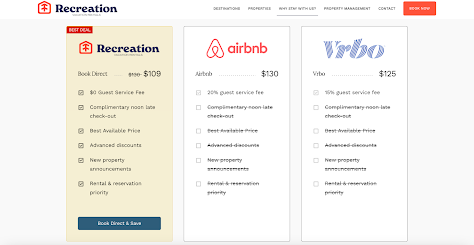
Airbnb pricing optimization: Implementing the best strategies for your business
Boosting your revenue and occupancy means staying on top of the season, market data, and local events. And as Dave describes, “On Airbnb it’s all about feeding the algorithm, which means frequently updating your prices and listings and keeping your fees competitive.”
However, Airbnb pricing optimization doesn’t have to be time-consuming. You can use dynamic tools to automate the process and sync these with your property management platform to ensure your calendar stays updated.
And for increased control, you can apply these strategies with manual changes using Hostfully’s bulk editing features:
- Seasonal, weekday, and weekend adjustments
- Event-based pricing
- Far future premium
- Maximum occupancy/fire sale
- Gap day discounting
- Long-term stay incentive
- Channel-based pricing
